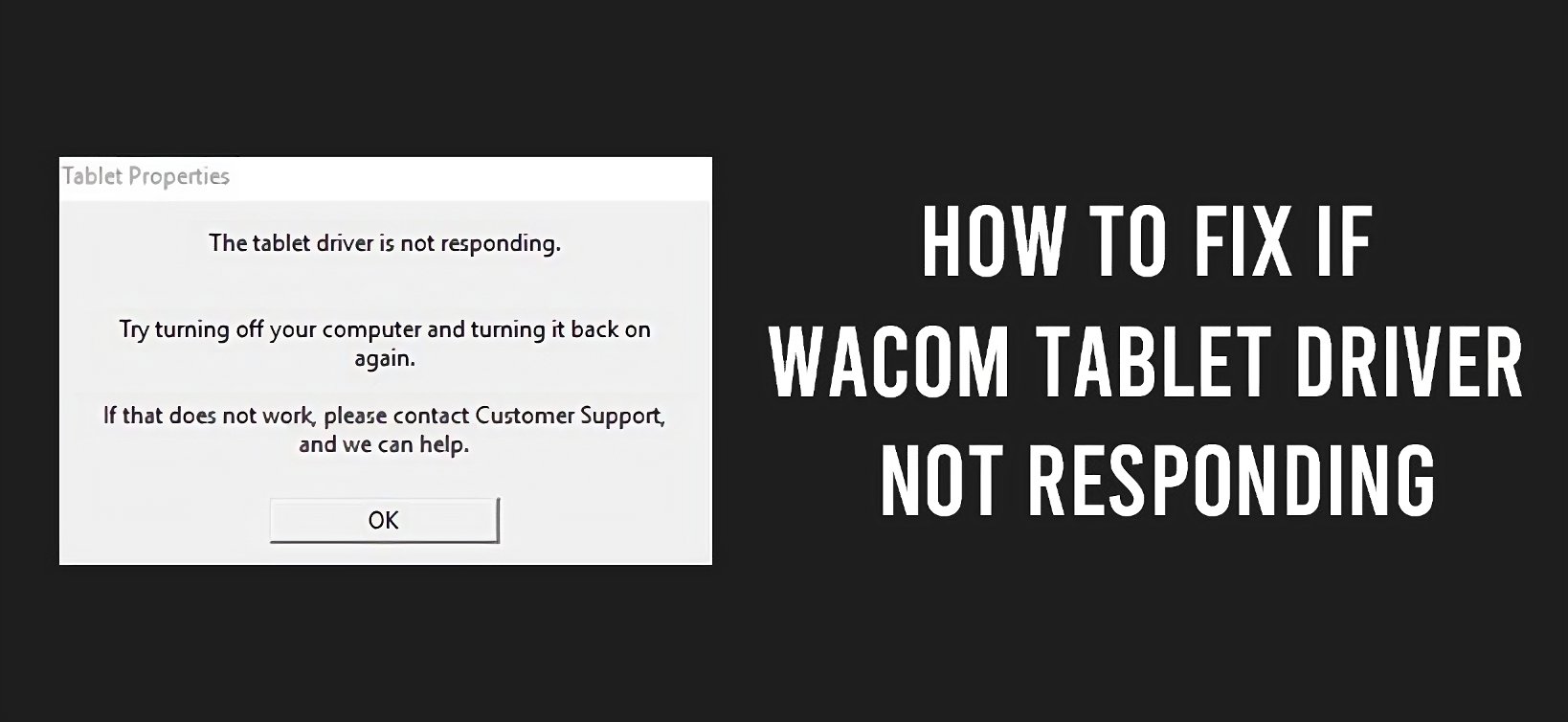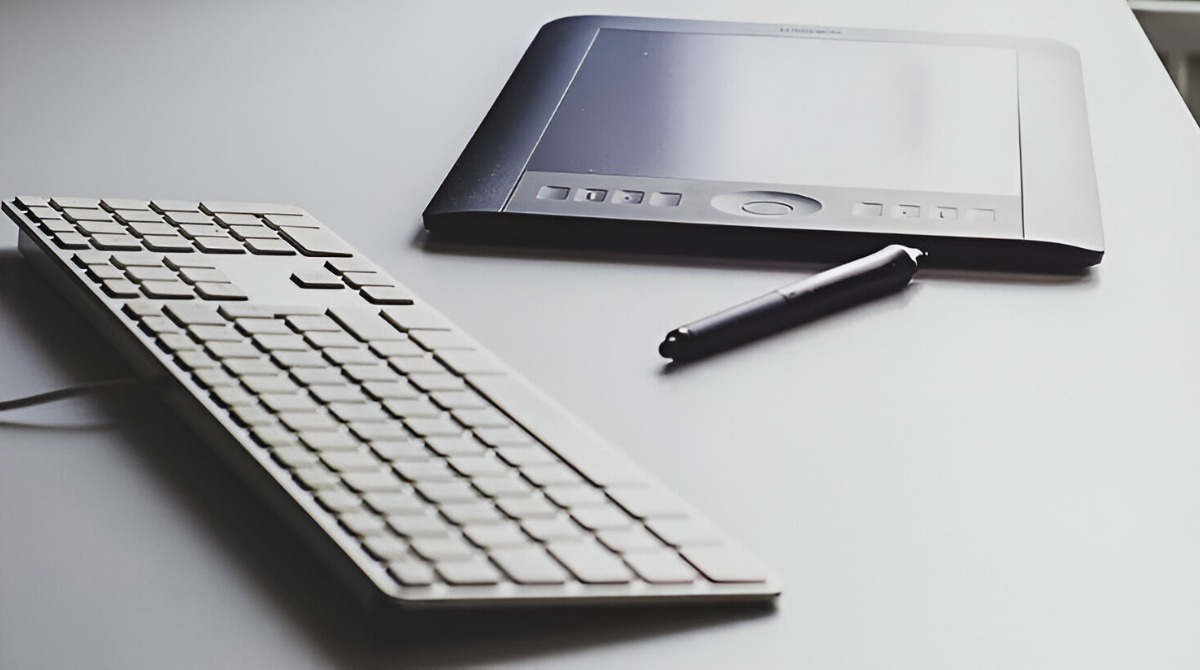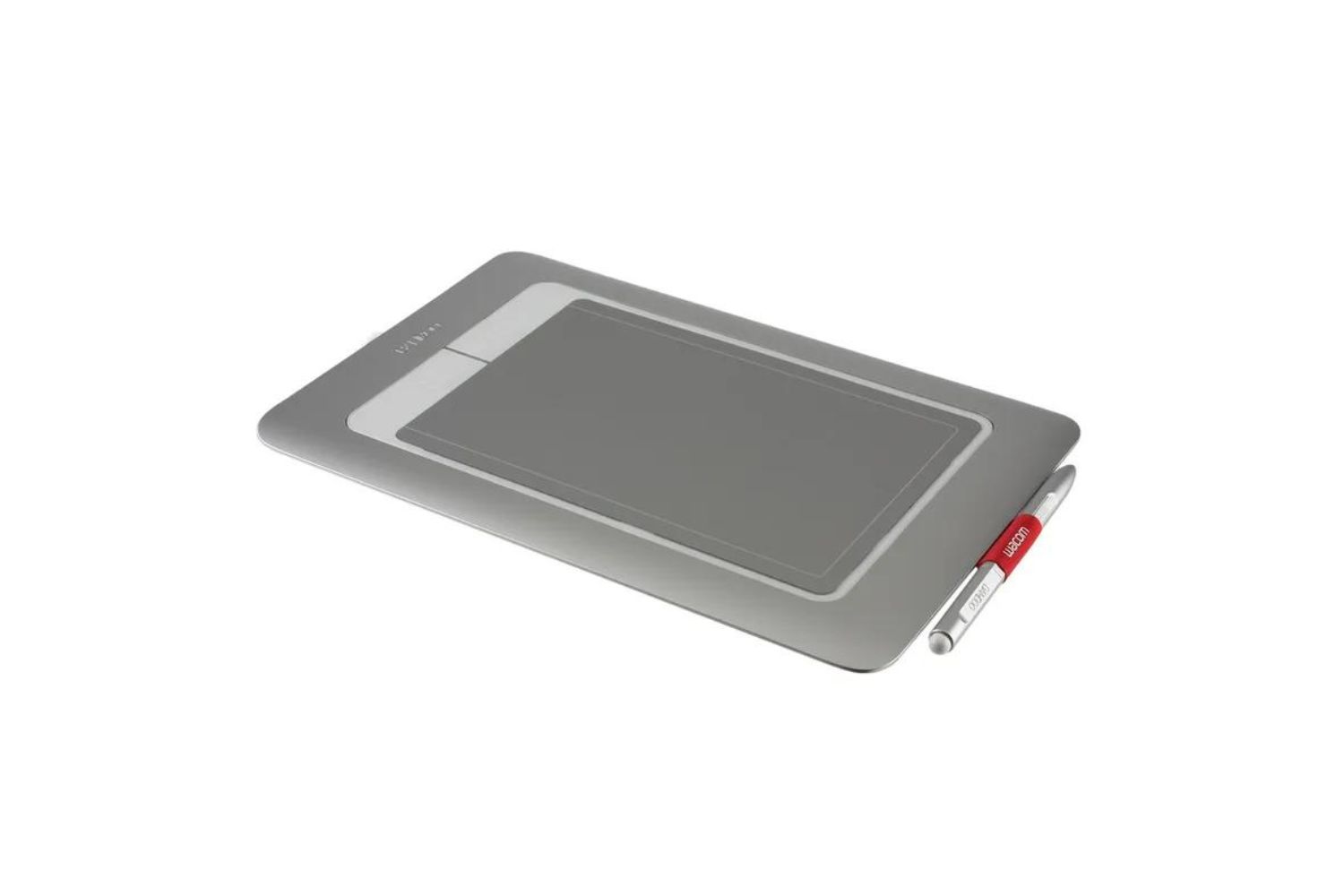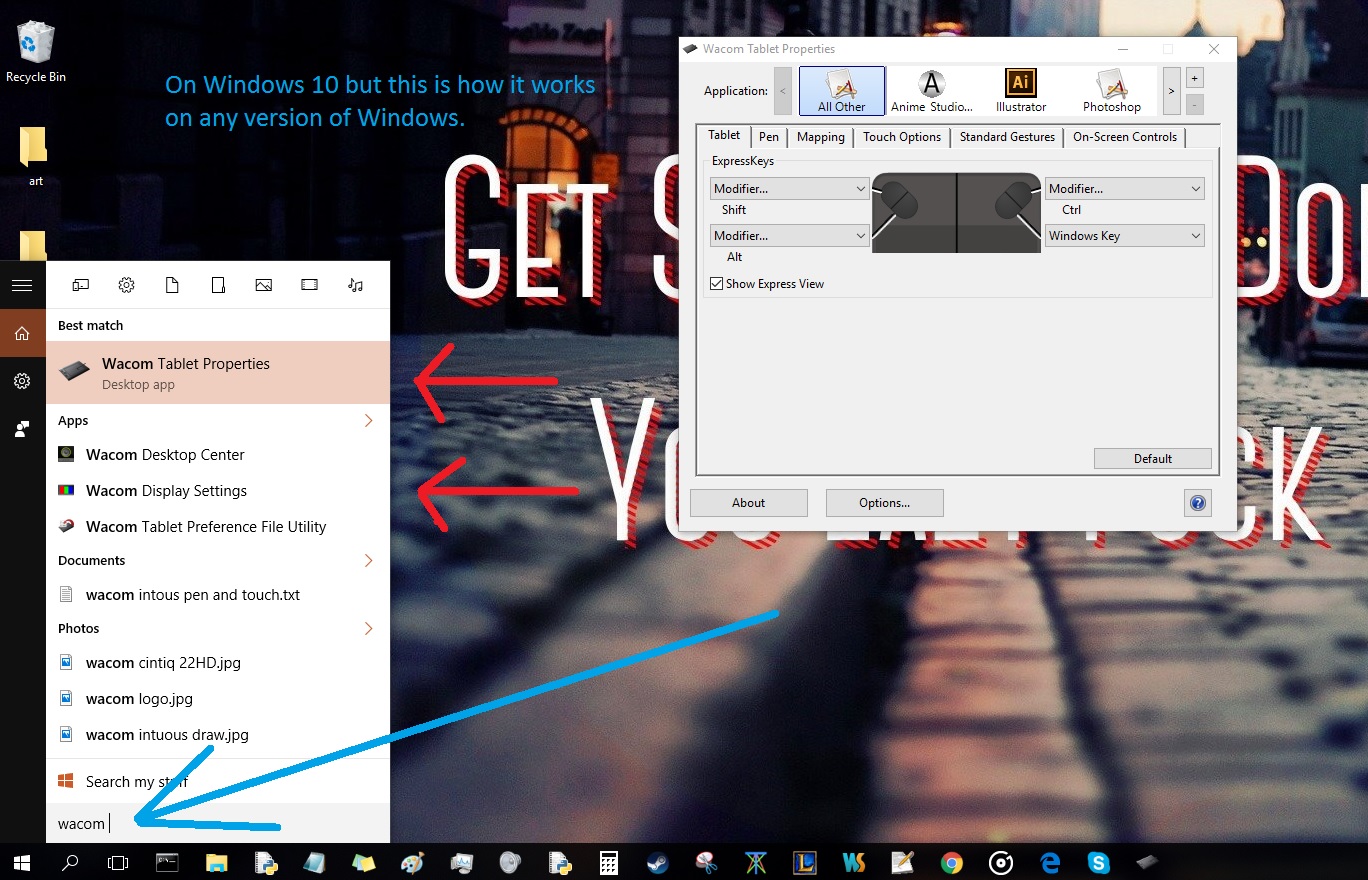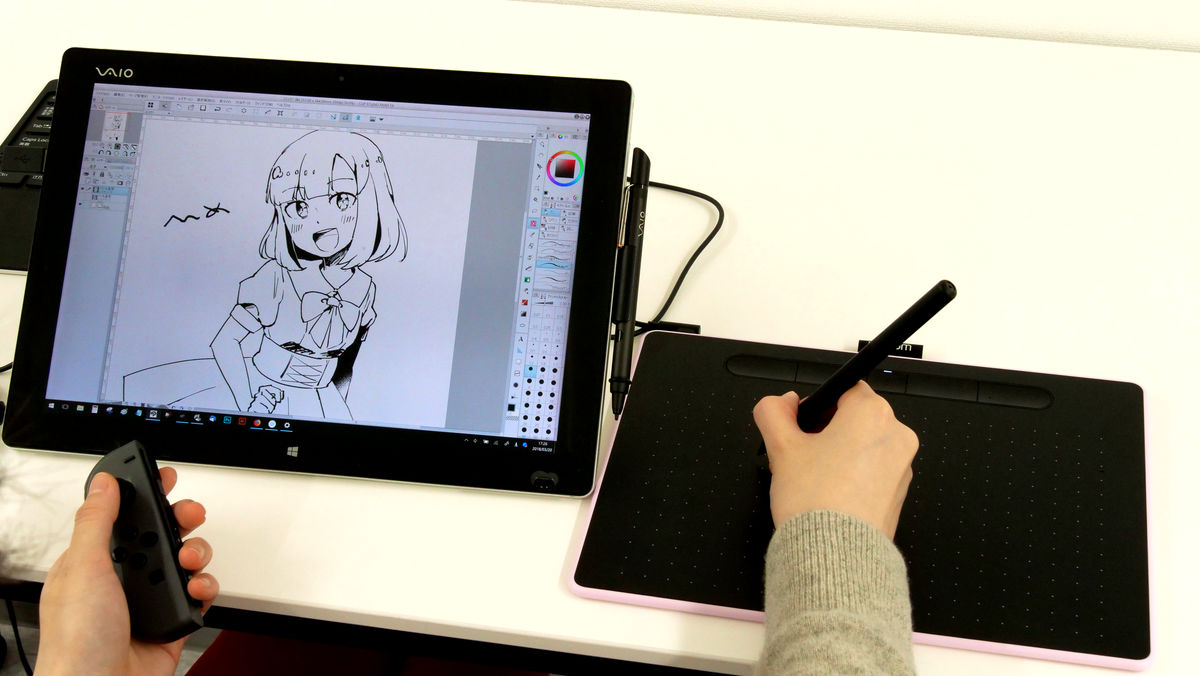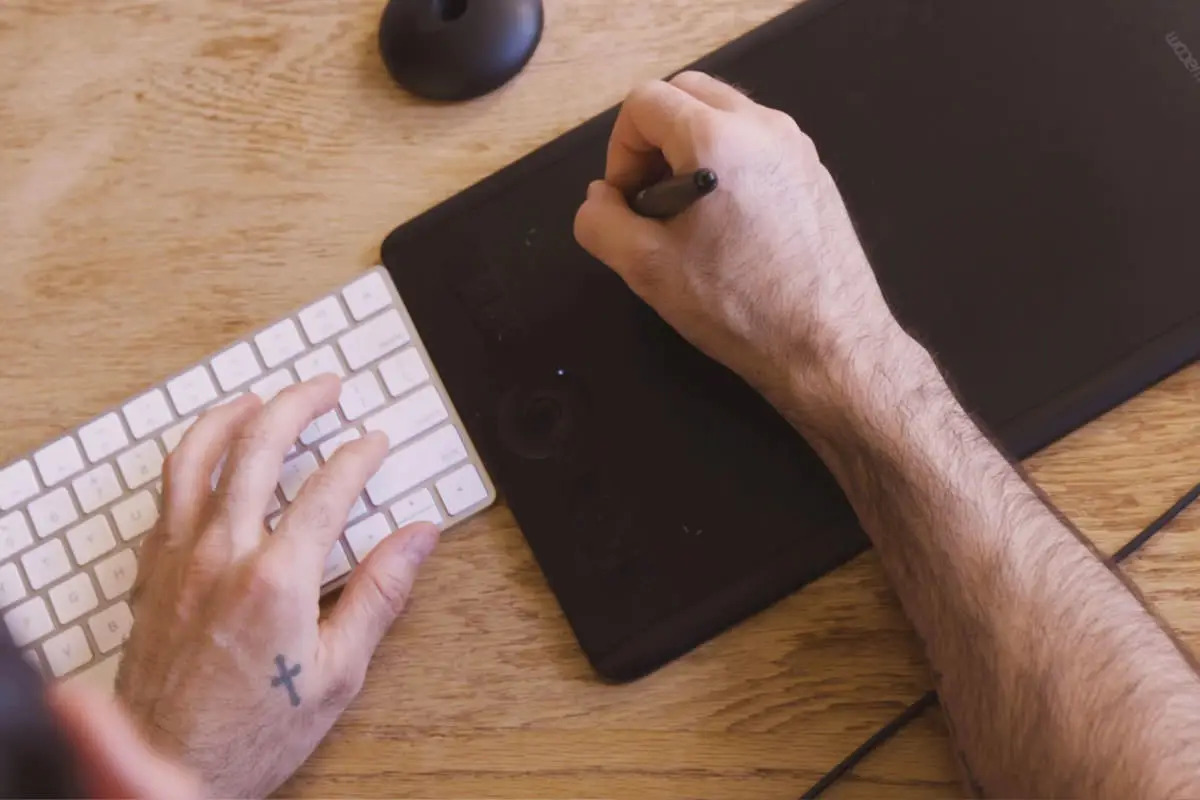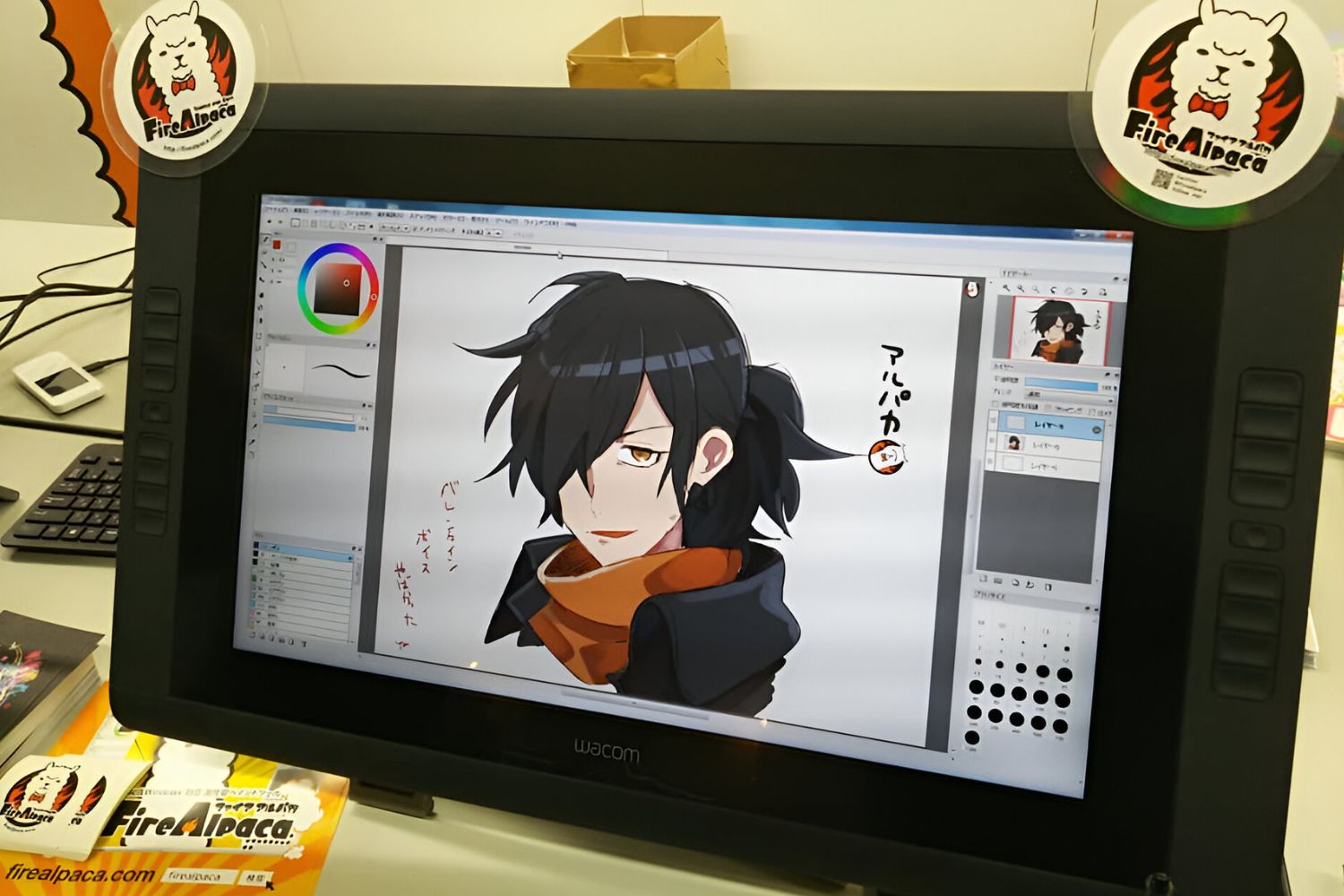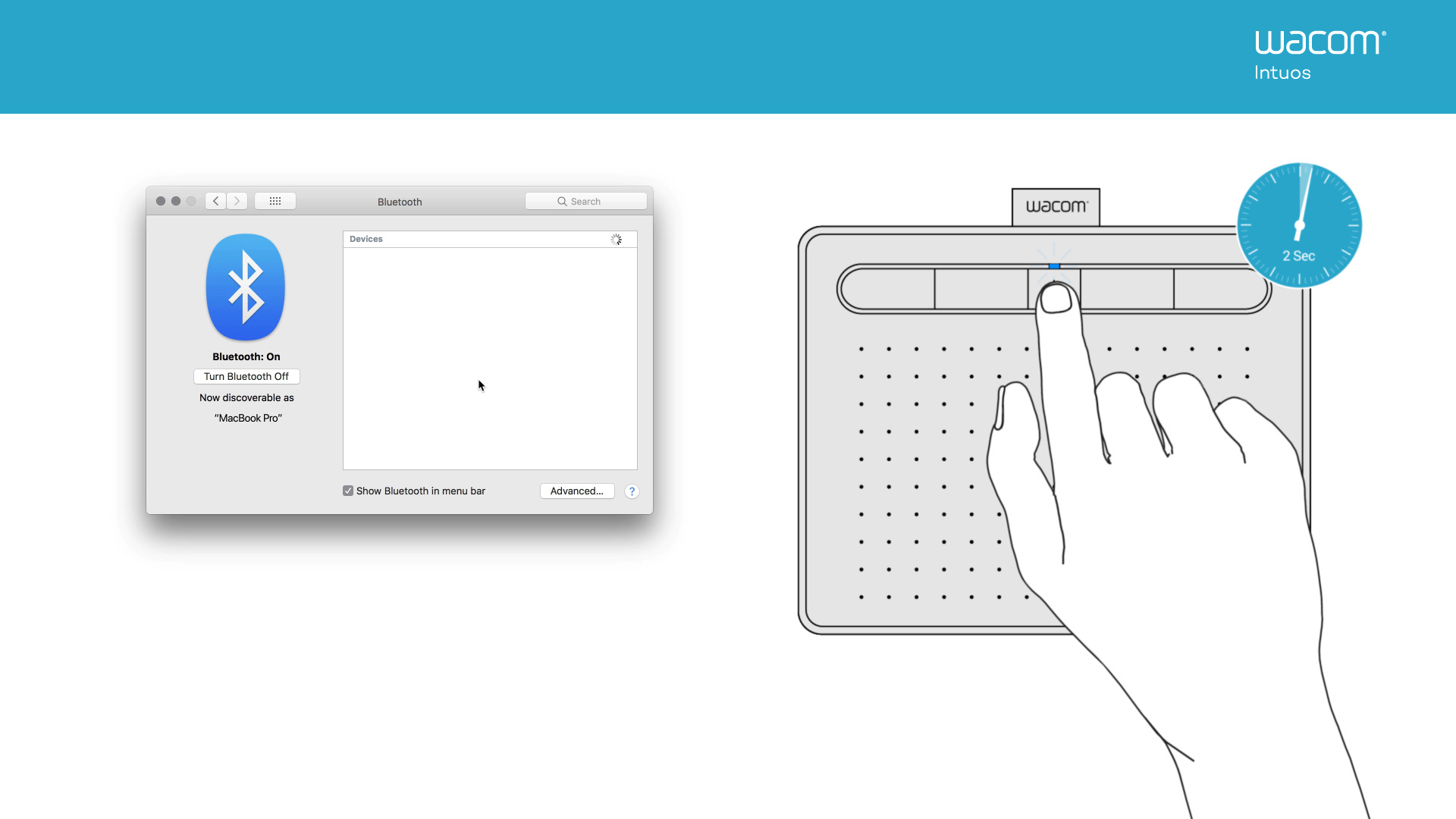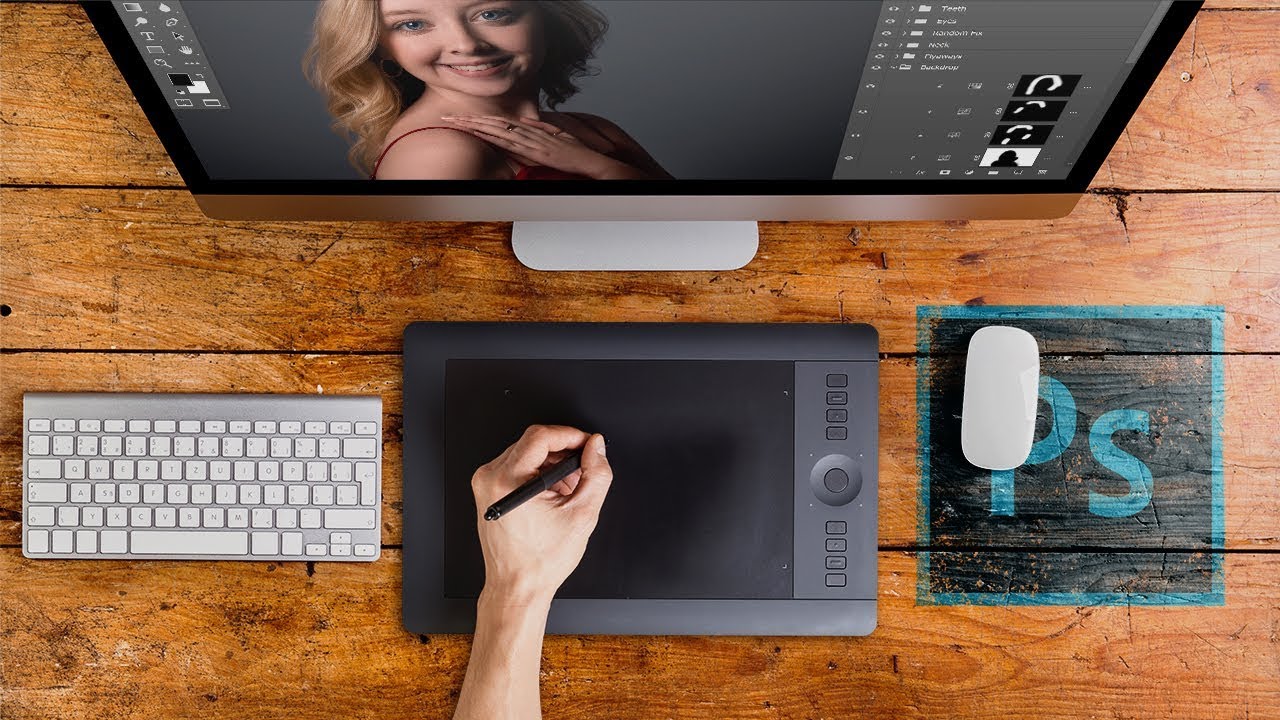Introduction
Having issues with your Wacom tablet driver not responding can be frustrating, especially when you’re in the middle of a creative project. The Wacom tablet is a popular tool among artists, designers, and photographers for its precision and sensitivity. However, like any other technology, it may encounter glitches or compatibility issues from time to time.
When the Wacom tablet driver stops responding, it can lead to a loss of functionality and hinder your ability to use the tablet’s features effectively. The good news is that there are several troubleshooting steps you can take to resolve this issue.
In this guide, we’ll walk you through various solutions to fix the Wacom tablet driver not responding problem. These methods will help you identify and resolve the root cause of the issue, ensuring that your tablet works smoothly again.
Before we dive into the troubleshooting steps, it’s important to note that these methods apply to both Windows and Mac operating systems, as well as different models of Wacom tablets. Whether you’re using an Intuos, Cintiq, or any other Wacom tablet, the solutions we discuss here should help you get your tablet’s driver back up and running.
Now, let’s get started with the first step in resolving the Wacom tablet driver issue: checking the hardware connection.
Checking Hardware Connection
When encountering issues with the Wacom tablet driver not responding, one of the initial steps you should take is to check the hardware connection. A loose or faulty connection between the tablet and your computer can often be the cause of driver-related problems.
Start by ensuring that all the cables connecting your Wacom tablet to your computer are securely plugged in. Sometimes, due to accidental tugging or improper handling, the USB or HDMI cable might become loose, leading to a disruption in the driver’s communication with the tablet.
If your tablet uses a wireless connection, make sure the wireless receiver is properly connected and functioning correctly. Check if the batteries are charged, and replace them if necessary. Occasionally, interference from other wireless devices can also affect the tablet’s connection and driver response. Try moving any nearby devices that might be causing interference.
Additionally, verify that the power cable for your tablet is connected to a working power source. A dead battery can prevent the tablet from functioning correctly and cause driver issues.
Once you’ve checked the physical connections, you can also try disconnecting the tablet and reconnecting it to a different USB port or HDMI port. This can help diagnose whether the issue lies with the specific port being used or with the tablet itself.
Remember to restart your computer after making any changes to the hardware connections. This will ensure that any changes you made take effect and allow your computer to recognize the tablet’s connection properly.
Now that we’ve examined the hardware connection, let’s move on to the next troubleshooting step: restarting the computer.
Restarting the Computer
Restarting your computer may seem like a simple and obvious solution, but it can often resolve many software-related issues, including problems with the Wacom tablet driver not responding. Restarting allows your computer to clear any temporary files or processes that might be interfering with the tablet’s driver.
To restart your computer, go to the Start menu in Windows or the Apple menu on Mac and select Restart. Alternatively, you can use the power button on your computer to shut it down and then turn it back on after a few seconds.
Before restarting, it’s essential to save your work and close any applications that may be using the Wacom tablet. This ensures a clean restart without any background processes conflicting with the driver upon startup.
After the computer restarts, wait for it to fully boot up and log you back in. Once you’re logged in, try using the Wacom tablet and check if the driver is now responding correctly. Often, a simple restart can fix temporary glitches and restore the proper functionality of the tablet’s driver.
If you’re still experiencing issues with the Wacom tablet driver after restarting the computer, it’s time to move on to the next troubleshooting step: updating the Wacom tablet driver.
Updating Wacom Tablet Driver
Outdated or incompatible drivers can often be the cause of the Wacom tablet driver not responding problem. Updating the tablet’s driver to the latest version can help resolve compatibility issues and ensure optimal performance.
To update the Wacom tablet driver, follow these steps:
- Visit the official Wacom website and navigate to the “Support” or “Drivers” section.
- Search for your specific tablet model or use the auto-detect feature, if available, to identify your tablet.
- Download the latest driver for your tablet and save it to a location on your computer.
- Before installing the new driver, it’s recommended to uninstall the existing driver to avoid any conflicts. Go to the Control Panel on Windows or System Preferences on Mac, find the Wacom driver in the list of installed programs, and uninstall it.
- Once the old driver is uninstalled, run the downloaded driver installer and follow the on-screen instructions to install the latest driver for your tablet.
- After the installation is complete, restart your computer to ensure the changes take effect.
Once your computer restarts, try using the Wacom tablet again and check if the driver is now responding properly. Updating the driver to the latest version often resolves compatibility issues and ensures that you have access to the latest features and improvements provided by Wacom.
If updating the driver didn’t solve the problem, don’t lose hope. There are still more troubleshooting steps you can try. Let’s move on to the next step: reinstalling the Wacom tablet driver.
Reinstalling Wacom Tablet Driver
If updating the Wacom tablet driver didn’t resolve the issue with it not responding, a more thorough approach is to reinstall the driver. Sometimes, the driver files may have become corrupted or incomplete, leading to driver-related problems. Reinstalling the driver can help ensure that all necessary files are properly installed, and any existing issues are resolved.
To reinstall the Wacom tablet driver, follow these steps:
- Go to the official Wacom website and navigate to the “Support” or “Drivers” section.
- Search for your specific tablet model or use the auto-detect feature, if available, to identify your tablet.
- Download the latest driver for your tablet and save it to a location on your computer.
- Before reinstalling the driver, it’s essential to uninstall the existing driver. Go to the Control Panel on Windows or System Preferences on Mac, find the Wacom driver in the list of installed programs, and uninstall it.
- After uninstalling the driver, disconnect your Wacom tablet from the computer.
- Run the downloaded driver installer and follow the on-screen instructions to reinstall the driver.
- During the installation, make sure to select the correct options and settings specific to your tablet model.
- Once the installation is complete, restart your computer.
- After the restart, reconnect your Wacom tablet to the computer and check if the driver is now responding correctly.
Reinstalling the Wacom tablet driver can often fix more complex issues or conflicts that may have occurred during the initial installation. It ensures a fresh installation of all necessary files and settings, providing the best chance of resolving the driver not responding problem.
If reinstalling the driver doesn’t solve the issue, there are still additional troubleshooting steps you can explore. Let’s proceed to the next step: troubleshooting conflicting programs.
Troubleshooting Conflicting Programs
Sometimes, certain programs or services running on your computer can conflict with the Wacom tablet driver, causing it to become unresponsive. To address this issue, it’s important to identify and troubleshoot any conflicting programs that may be interfering with the driver’s functionality.
Here are a few troubleshooting steps you can take to resolve conflicts with other programs:
- Close unnecessary background programs: Close any unnecessary programs running in the background that may be consuming system resources or conflicting with the tablet driver. This can include antivirus software, screen recording tools, or other third-party applications.
- Disable antivirus temporarily: Some antivirus programs may have strict security settings that interfere with the operation of the tablet driver. Temporarily disabling your antivirus software while using the tablet can help determine if it’s causing the issue. Remember to re-enable antivirus protection after troubleshooting.
- Check for conflicting hotkeys: Certain programs may have predefined hotkeys that conflict with the tablet’s settings or driver. Disable or reconfigure any conflicting hotkeys in those programs to avoid conflicts.
- Run the tablet driver as administrator: Running the tablet driver as an administrator can help overcome permission-related issues that might be causing conflicts. Right-click on the tablet driver executable file, select “Run as administrator,” and check if it resolves the issue.
- Try a clean boot: Performing a clean boot allows you to start your computer with only the basic necessary services and programs, eliminating any potential conflicts. Follow the instructions provided by your operating system to perform a clean boot and then test the tablet driver.
After each troubleshooting step, restart your computer and test if the Wacom tablet driver is now responding correctly. By eliminating conflicting programs and services, you can ensure that the driver operates smoothly and without any interruptions.
If you’re still facing issues with the Wacom tablet driver not responding, there are a few more steps you can take. Let’s explore the next step: adjusting pen and tablet settings.
Adjusting Pen and Tablet Settings
In some cases, the issue of the Wacom tablet driver not responding can be resolved by adjusting the pen and tablet settings. These settings can affect the behavior and responsiveness of the tablet, and tweaking them may help resolve any conflicts or inconsistencies.
Here are some steps you can take to adjust the pen and tablet settings:
- Open the Wacom Tablet Properties: Locate the Wacom Tablet Properties or Wacom Preferences application on your computer. It is usually accessible from the system tray or can be found in the Control Panel or System Preferences.
- Adjust pen pressure: If the tablet doesn’t respond to pen pressure correctly, navigate to the Pen Pressure or Pen Sensitivity settings in the Wacom Tablet Properties. Experiment with the sensitivity levels to find the setting that works best for you.
- Reset settings: In some cases, corrupted or incorrect settings can cause the driver not to respond. Look for a Reset or Restore Defaults option in the Wacom Tablet Properties and restore the settings to their default values.
- Check application-specific settings: Some applications may have their own pen and tablet settings that override the system settings. Check the preferences or settings within the specific application you’re experiencing issues with and ensure they are properly configured.
- Try different USB port or USB cable: If you’re connecting your tablet using a USB cable, try connecting it to a different USB port on your computer. Additionally, if you have a spare USB cable, try using it to ensure the current cable isn’t causing any connectivity issues.
After adjusting the pen and tablet settings, restart your computer and test if the tablet driver is now responding as expected. Sometimes, a simple tweak in the settings can resolve the driver-related problem and restore the tablet’s functionality.
If you’re still encountering the issue, don’t worry. There’s one more troubleshooting step you can take before reaching out for support. Let’s move on to the next section: contacting Wacom support.
Contacting Wacom Support
If you have tried all the previous troubleshooting steps and are still unable to resolve the issue with the Wacom tablet driver not responding, it may be necessary to reach out to Wacom support for assistance. Wacom provides dedicated support channels to help users troubleshoot and resolve any technical issues they may encounter.
To contact Wacom support, follow these steps:
- Visit the Wacom support website: Go to the official Wacom website and navigate to the support section.
- Find the contact information: Look for the “Contact Us” or “Support” page where you can find the contact details for reaching out to Wacom support. This may include email, phone numbers, or live chat options.
- Provide necessary information: When contacting Wacom support, be prepared to provide details about your tablet model, operating system, and a clear description of the issue you are facing. The more details you can provide, the better they will be able to assist you.
- Follow the recommended steps: Wacom support will guide you through further troubleshooting steps specific to your case. They may provide additional solutions or request more information to better understand and resolve the issue you’re experiencing.
Wacom’s customer support team is trained to assist users with technical issues and driver-related problems. They have the expertise to diagnose complex issues and provide specialized solutions to get your tablet and driver functioning correctly.
Remember, before contacting support, it’s a good idea to have already attempted the previous troubleshooting steps mentioned in this guide. This way, you can provide Wacom support with as much information as possible and make the troubleshooting process more efficient.
By following these steps and reaching out to Wacom support, you increase your chances of finding a resolution to the driver not responding issue and getting your tablet back to its optimal state.
In the next section, we will provide a brief summary of the troubleshooting steps discussed in this guide so far.







